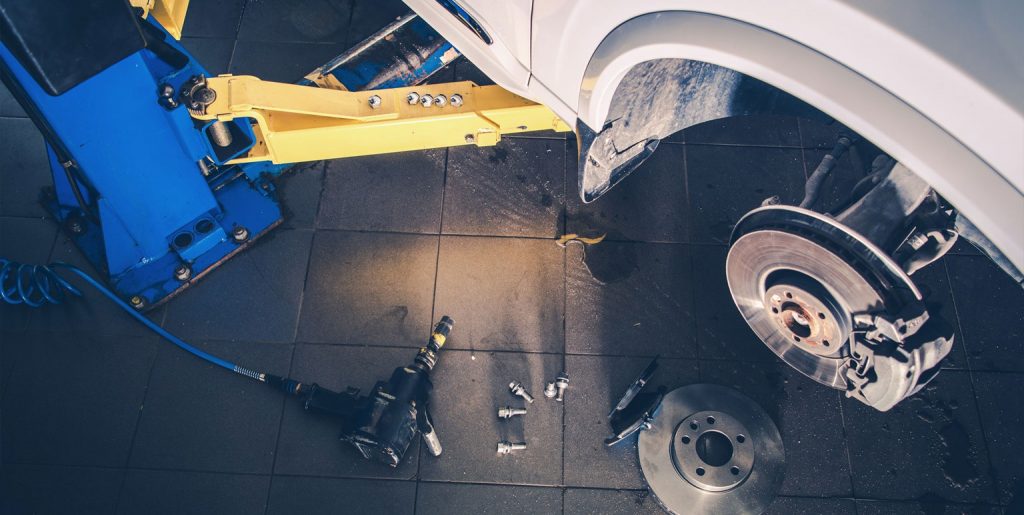Mining is an integral component of the global economy, powering industries and providing essential raw materials for countless products. However, the environmental footprint of mining activities, especially the dust generated, has been a longstanding concern. As mining operations expand, so does the urgency to adopt sustainable practices to mitigate dust-related issues. Thankfully, with technological advancements, several innovative dust suppression solutions have emerged to address this challenge. Let’s unveil some of these solutions and understand their significance in today’s mining landscape.
- Why is Dust Suppression Essential?
Before delving into the solutions, it’s crucial to understand why dust suppression is paramount. Mining dust, besides being a health hazard to workers, can degrade air quality, contaminate water sources, and harm local ecosystems. Prolonged exposure to fine particulate matter can lead to respiratory diseases, while the settling of dust on vegetation can hinder photosynthesis. Furthermore, excessive dust can reduce visibility, leading to accidents on mining sites.
- Water Sprayers: The Conventional Approach
Historically, water has been the go-to solution for dust control in mines. Large trucks equipped with water tanks and sprayers traverse the mining site, dampening the ground to prevent dust from becoming airborne. While effective to some extent, this method is not without its limitations. Excessive water usage can lead to water scarcity in arid regions and can cause muddy conditions, making it counterproductive.
- Chemical Suppressants: A Step Ahead
In recent years, chemical suppressants have gained popularity as an alternative to water. These are specially formulated compounds that, when sprayed onto surfaces, create a binding layer, preventing dust from becoming airborne. Depending on their composition, some suppressants can retain moisture, reducing the frequency of application. Moreover, they can be more cost-effective in the long run, considering the reduced water and labour costs.
- Wind Barriers and Vegetative Covers
Another eco-friendly method of dust suppression involves the use of wind barriers and vegetative covers. By erecting barriers around mining sites, the wind speed is reduced, limiting the amount of dust that gets carried away. Similarly, planting vegetation around the perimeter of mines can act as a natural barrier, capturing dust particles and enhancing the site’s aesthetics.
- Advanced Monitoring Systems
Today, with the integration of technology, mining sites can be equipped with advanced monitoring systems. These systems use sensors to detect dust levels in real time. Once a threshold is reached, automated sprayers or suppressants are activated, ensuring timely intervention. Such systems optimise resource usage and ensure consistent dust control.
- Mining Layout and Operational Changes
Sometimes, the solution lies in revisiting the basics. By altering the mining layout, such as the location of haul roads, stockpiles, and equipment, dust generation can be minimised. Operational changes, like reducing vehicle speeds or optimising blasting techniques, can also significantly reduce dust emissions.
Conclusion: Towards a Sustainable Mining Future
The mining industry’s responsibility extends beyond extracting resources; it must also safeguard the environment and ensure the well-being of its workers. With the dust suppression solutions unveiled, there’s hope for a sustainable mining future where economic growth aligns with environmental stewardship. As technology continues to evolve, it’s anticipated that even more advanced and efficient solutions will emerge, further clearing the air around mining operations.
